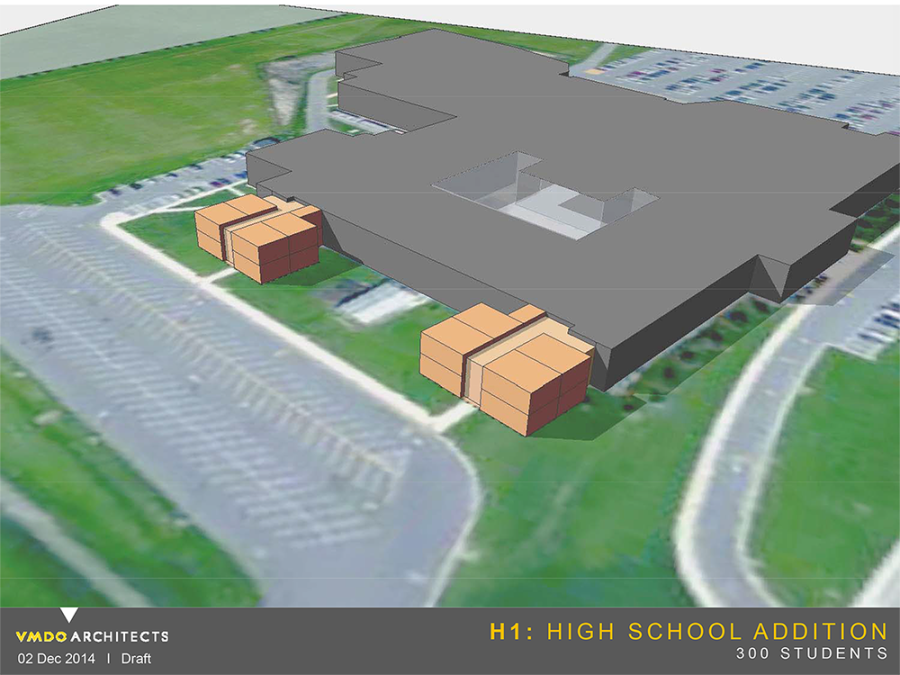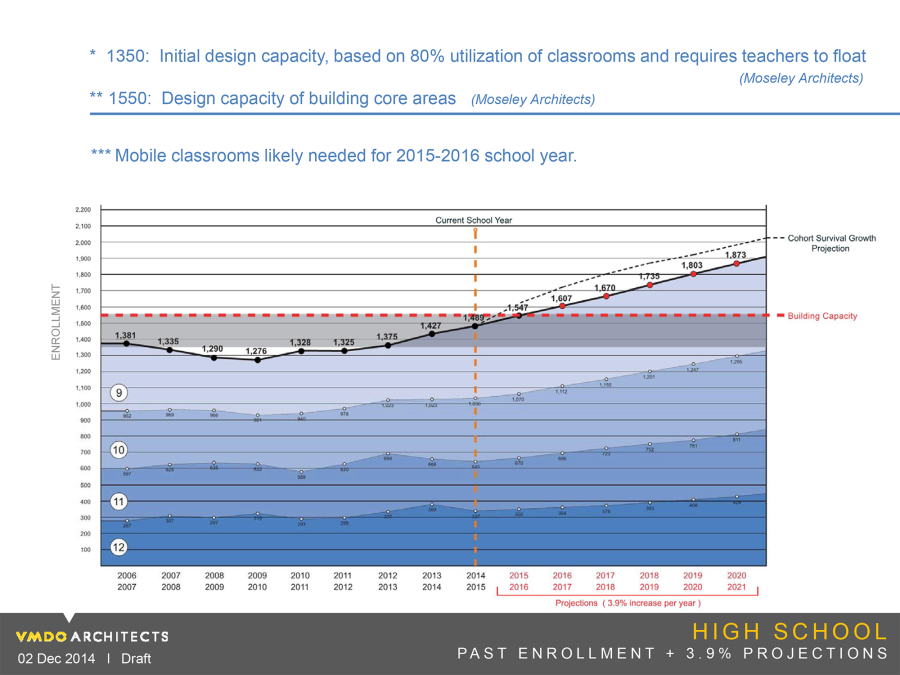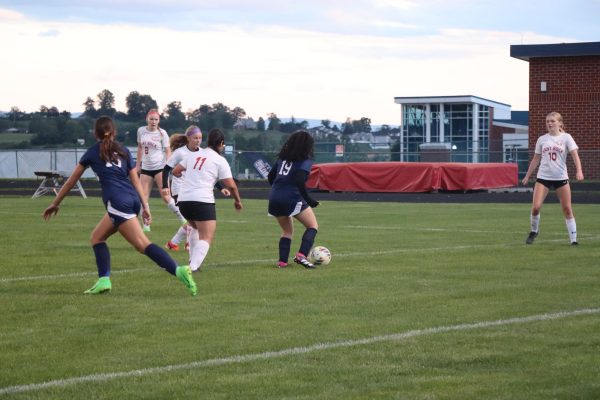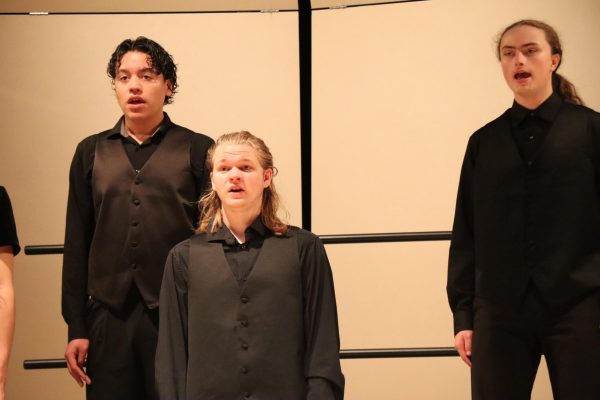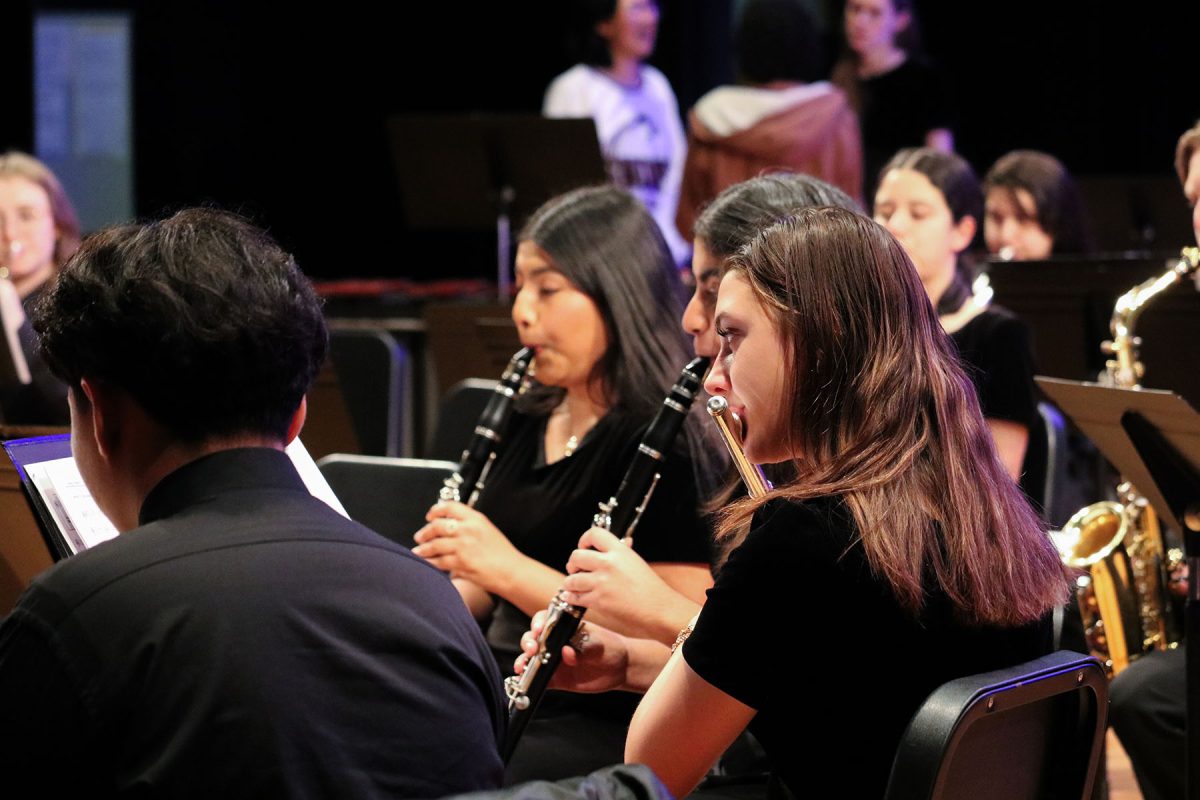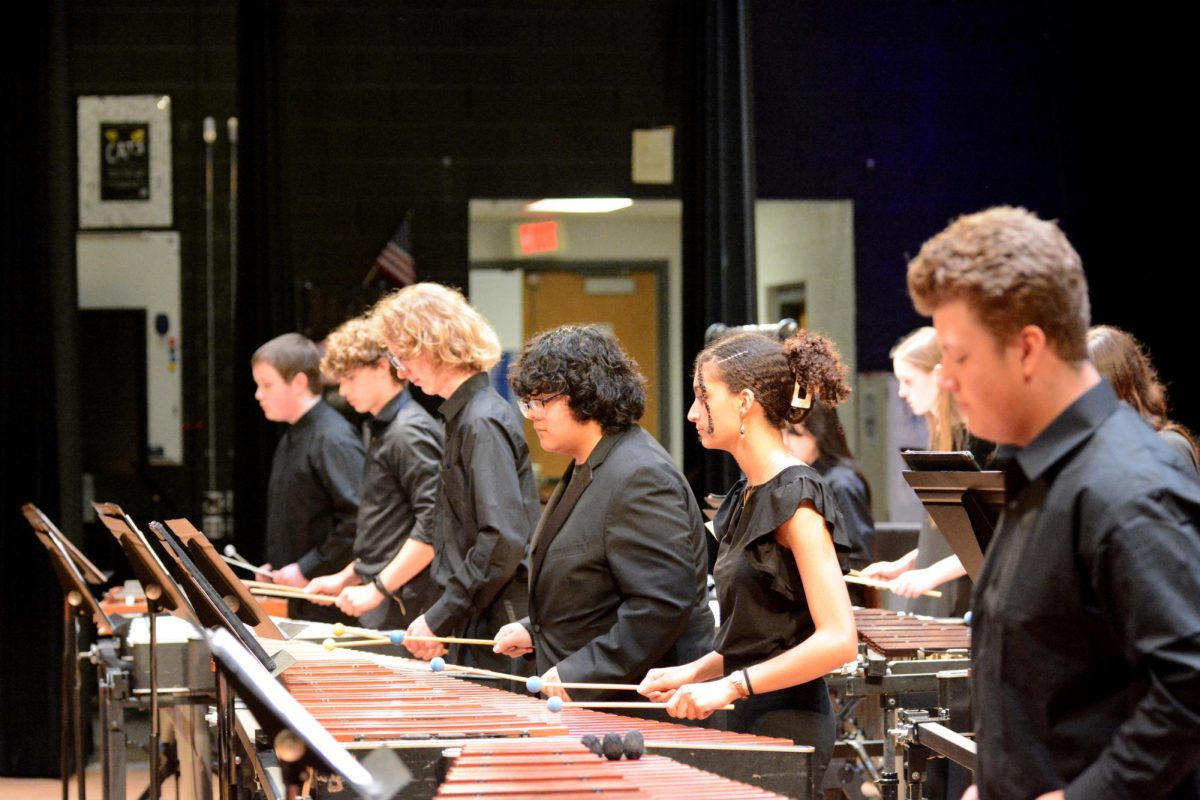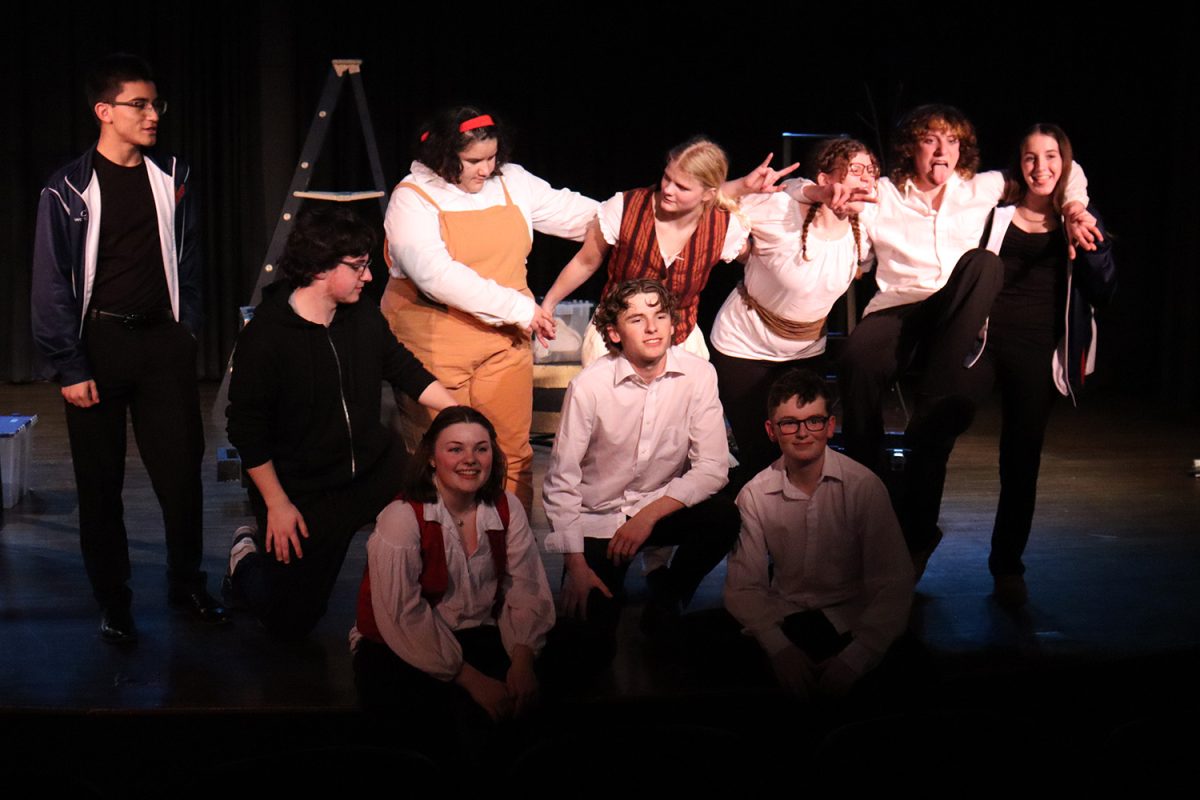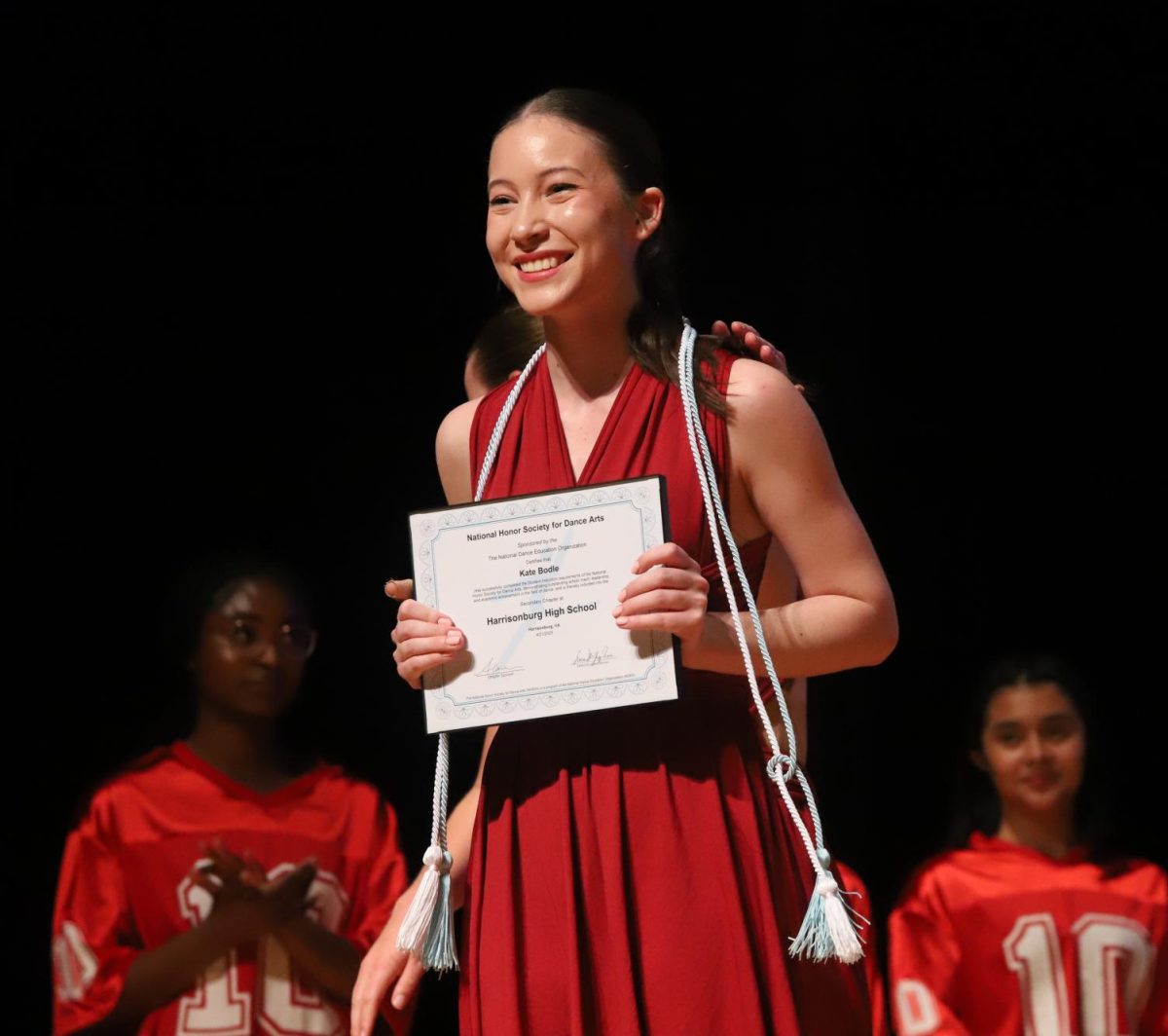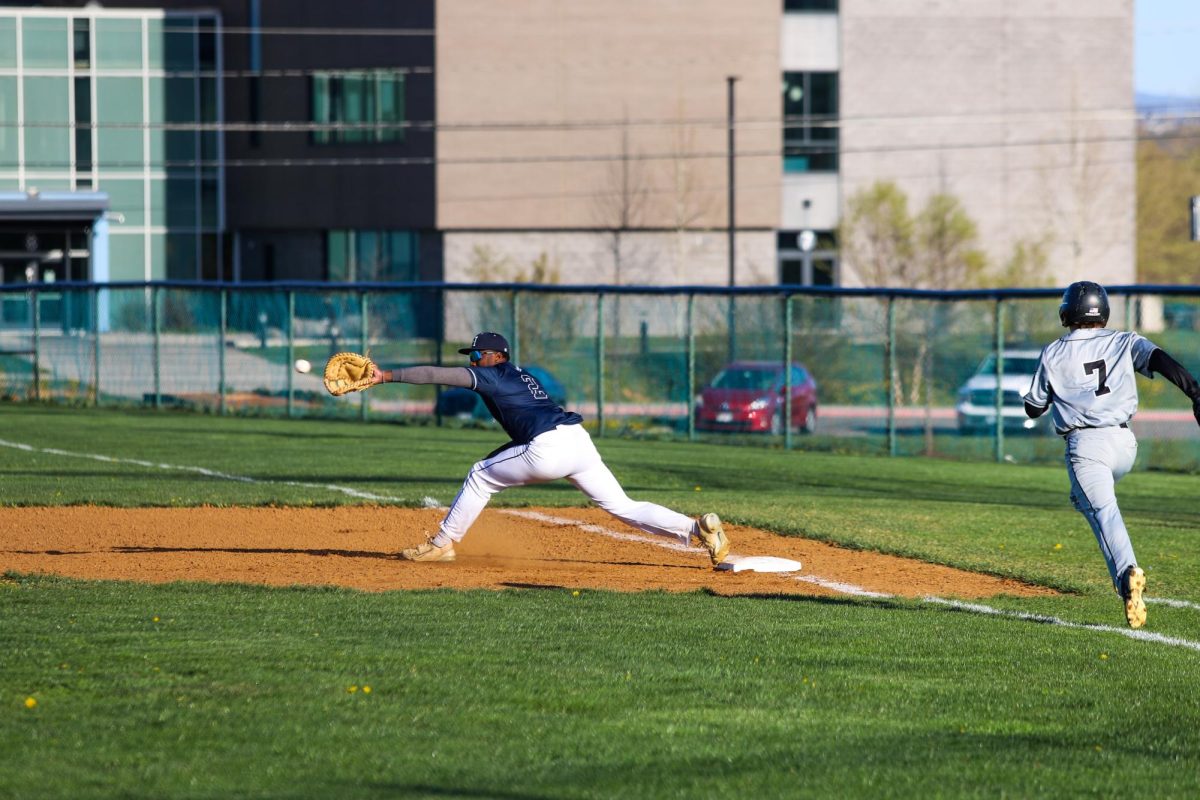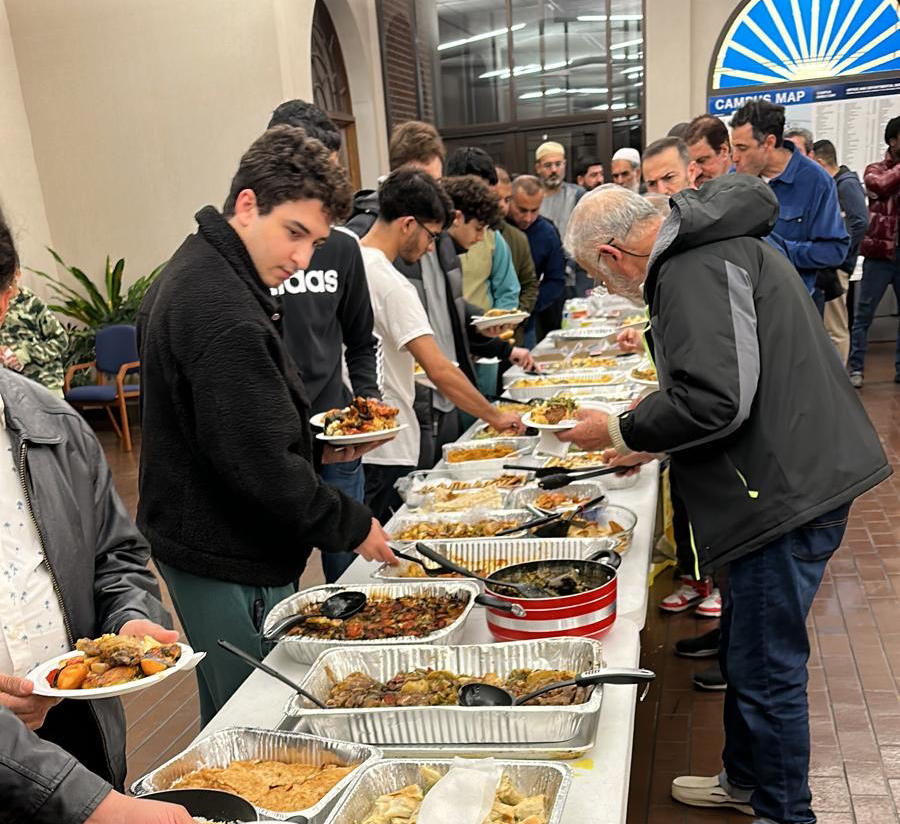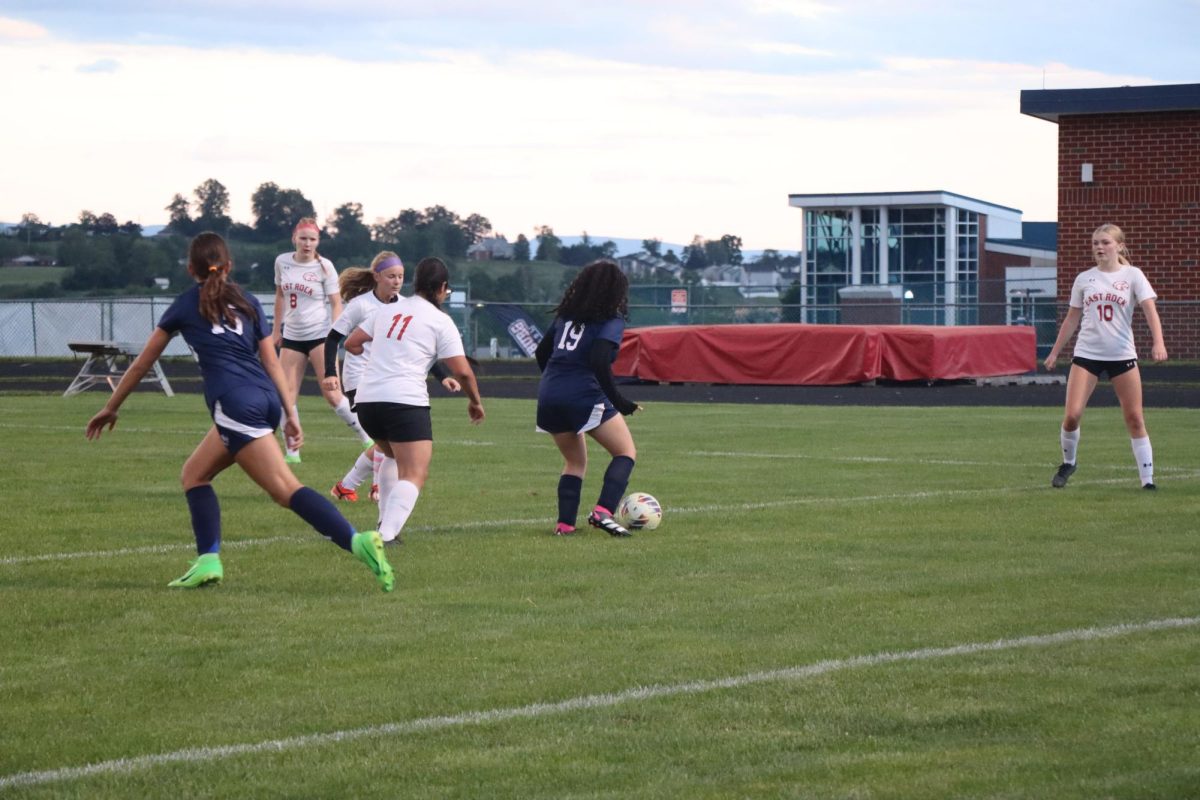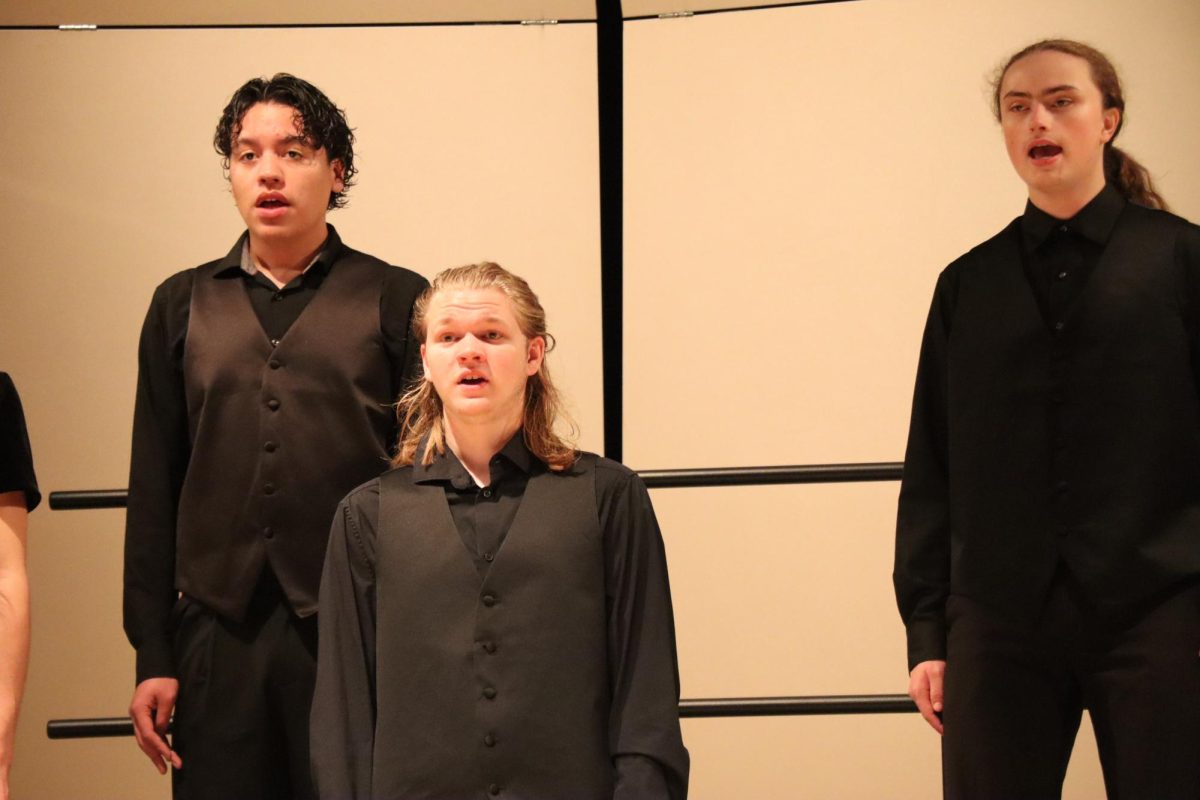HCPS to expand in 2016
December 11, 2014
Next school year, Harrisonburg High School will be at capacity. In other words, our school building will be sustaining the maximum number of bodies it was built to hold–that’s 1,547 individuals. From there, the stream of students from Skyline and Thomas Harrison Middle schools only increases: 1,607 students in 2016, then 1,670 in 2017. Come 2020, Harrisonburg High School is projected to accommodate a full 1,873 students.
HHS isn’t the only school with an overpopulation problem. Elementary schools in Harrisonburg are already over building capacity. No grade is spared. Pre-Kindergarten classes in Harrisonburg City Schools are already (approximately) 181 students over capacity. New Pre-K students enter in greater numbers each year. Pre-K students will eventually be high schoolers. Thus, the cycle continues.
This is the gravity of the issue. If something isn’t done soon, 20-student classrooms would become inevitably obsolete.
Harrisonburg’s school board isn’t sitting idly by. They have partnered with VMDO Architects, an architectural firm that specializes in the design of educational institutions, to forecast the growth of the student body and create mock-ups of potential construction projects. Their plans, as of the December 2nd, 2014, school board meeting, are available on the HCPS website.
If all goes well, the official architectural design should be made in January of 2015 and construction should begin in 2017.
“It is my hope that we can keep class sizes small,” Kelly Rooney, an upcoming school board member, said. Her term starts in January. “As an educator myself, I know the value of smaller class sizes. […] It’s hard to create a relationship in class with too many students. Teachers have a lot of demands on [students]; students have to achieve more and more, and small class sizes are a key piece to this.”
The aforementioned meeting was held in the basement of HCPS headquarters downtown. It was a joint discussion between the school board, city council, and VMDO architects, in which members of the three parties deliberated solutions for a larger student body.
An entirely new elementary school was proposed, its location across Garber’s Church Road from HHS. 5th grade is–in all likelihood–moving back to elementary school, so this school would hold Kindergarten through 5th graders. The property the new school would be built on amounts to 10.8 acres and accommodate 750 children–in a three-story structure. Alternatively, a collective elementary/Pre-K institution was discussed, to be built on the same site.
“Another important point is that that is a two story preschool, which is somewhat controversial,” Bob Moje said, a principal at VMDO Architects.
The Pre-K location is still very much up in the air. Another proposition includes the a Pre-K facility on the land of Waterman Elementary, a preexisting school. It would accommodate 250 children. Similar propositions call for the Pre-K on Spotswood Elementary’s land. One includes it on Smithland/Skyline’s land.
A new elementary school may be constructed on Thomas Harrison Middle School’s land, as a neighbor to the older school.
Two new additions to HHS have been proposed by VMDO. As of now, there is no current motion to build the expansion, as the Pre-K and elementary have priority. They will be constructed as extensions to two hallways on the side of the school bordering the bus parking lot. It is yet undetermined how many classrooms they will contain; however, the extensions will contribute 300 students to HHS’ total building capacity.
Finally, two annexes might be constructed–one to Smithland Elementary and one to Skyline Middle. They would expand each school by 250 students.
“Some faculty will move from existing HCPS schools to the new elementary school,” Rooney said. However, an increasing population can’t be sustained on preexisting teachers alone. “The budget will have to realigned and increased to accommodate new faculty.”
Yet another factor the school board, city council, and architects are considering is how to handle the ongoing problem with Thomas Harrison Middle School.
“Because of its design and energy ineffectiveness, THMS has proven to be tricky,” Rooney said. A renovation to the institution could be in order. “It needs a new H-vac system, updated lighting, flooring updates, and paint. Additionally, many of the classroom sizes are smaller than current standards, so the school board will need to decide if it wants to put funds towards making classroom space larger.”
“If we undertake all of these issues, it makes better financial sense to just build a new, environmentally friendly, well designed middle school,” Rooney said. “We need to improve the educational space for the THMS community, no doubt, but right now capacity should be our number one priority.”
Just how energy ineffective is THMS?
Although HCPS as a whole uses 72.1 kBTUs/per square foot/ per year–only 2.1 kBTUs above the national average–THMS is by far the energy vampire in Harrisonburg’s schools. For each occupant at THMS, 1,890 gallons of water are consumed, compared to 715 per occupant at HHS. THMS’ utility bill (for power, heat, air conditioning, etc.) amounts to $390 per occupant/per year. HHS’ bill? $268 per occupant.



